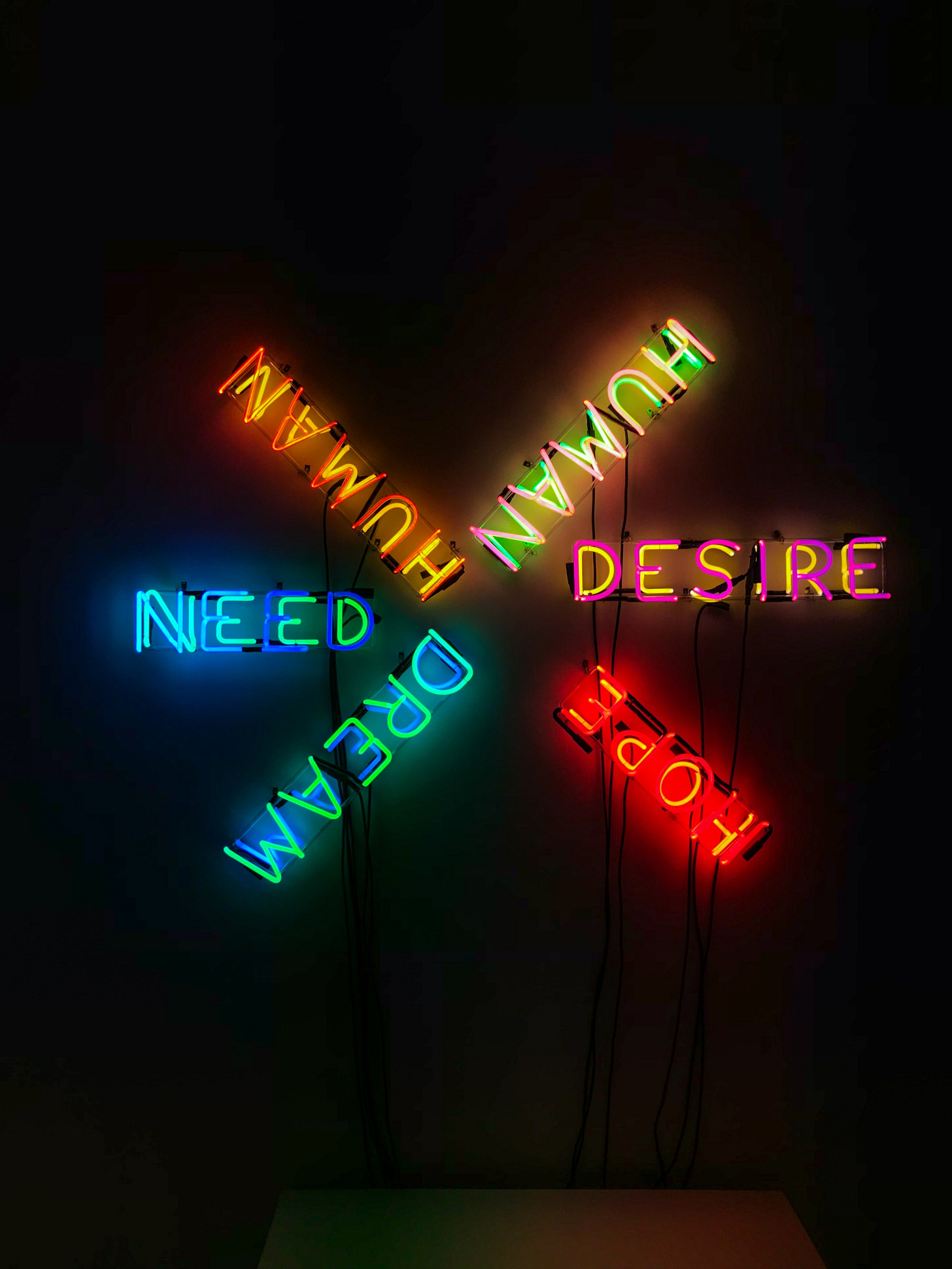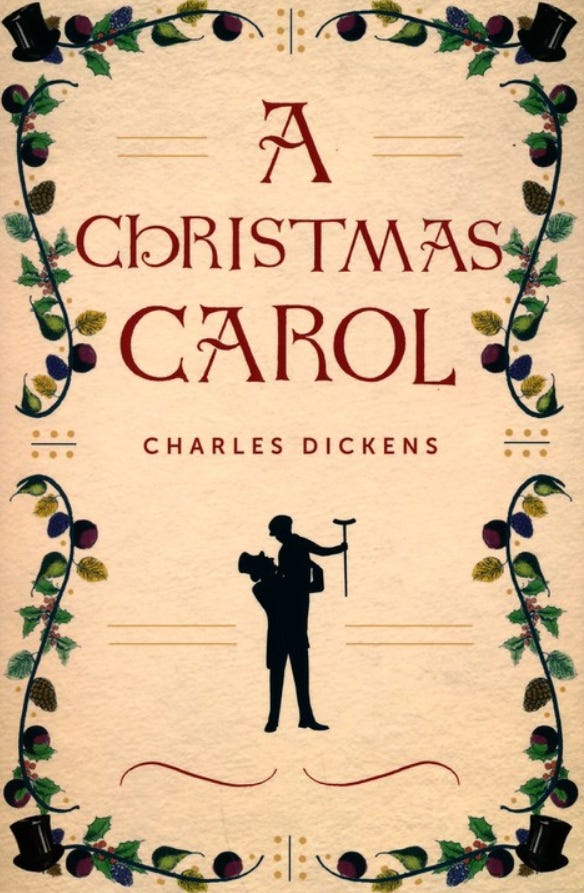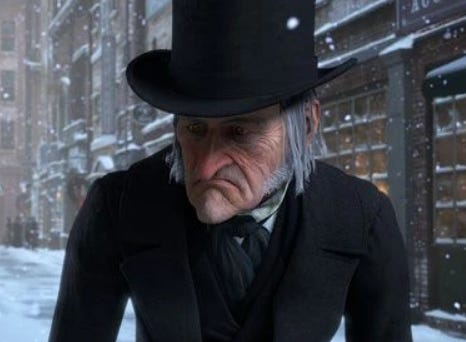What Your Character Wants: The Ins and Outs
Issue #41
Describe your character’s desires. Which ones do they flaunt? What pulls them through your story? What do they want?
In “Character Motivation: The Ultimate Guide to Realistic Characters,” Dave Chesson of Kindlepreneur says:
“…there are few components more important than a character’s desire and their motivation to do what they do.”
“Character Motivation: 6 Ways to Craft a Compelling Story” by Hannah Lee Kidder:
“…the character’s motivation is why they do what they do, and what they do is what leads them to make decisions, and those decisions are what drive the plot…”
We’ll have more on plot next issue, plus more items you’ll need to create a good one. For now, let’s simply consider ins and outs. And worry not, this time I don’t have a plenitude (or abundance) of concepts—only two.
The Novel Factory’s “Character Motivation: The Key to Creating Powerful Characters,” offers these definitions [paraphrased].
External Motivation: Your character’s ‘want.’ Usually a solid, tangible thing that they actively, consciously desire.
Internal Motivation: The character’s ‘need.’ Something much more intangible [and perhaps unconscious], and the real thing that they really require.
The protagonist of Dicken’s classic will help us sort it out.
External Motivation Example: Ebenezer Scrooge’s active, conscious desire is for ever more money. Although it has not made him a happy man, his external motivation, in a word, is greed.
Internal Motivation Example: Simmering below the surface in much of the book is Scrooge’s unconscious need, and thus his internal motivation—a desire for human relationships.
Note that the dynamics of the tale lead Scrooge to a new external motivation: to change the future he’s been shown by the spirits. This dovetails, of course, with his internal motivation. Now he must confront his own original external motivation and face how his greed and selfishness have affected others, and how they will continue to affect others if he does not change.
There are other important elements in this process, as mentioned, but that’s for next time. For now, just keep in mind that external motivation is what the characters know they want…
…while internal motivation is what they truly need, whether or not they are aware of it.
[See Writing Rhythm Issue #13 for a closely-related character aspect: interior and exterior conflict.]
A Couple of Shortcuts
If you’re looking for more inspiration, either external or internal, regarding character motivation, here’s a source that offers a character motivation generator.
And there are other sites, and even charts (like this one made by Anika and AJ at Deviant Art), to help guide you.
And in case you have not had your complete fill of character motivation ideas, a simple search will reveal many, many more (which, in regards to this week’s vocabulary word, is two clues in one closing line).
What is a plenitude?
Action Plan
I recommend you check out Benjamin Roesch’s The Almost Right Words on Substack. He mixes promotion nicely with interesting and unexpected takes on the writing life.
Next Up
#42) The Three Ingredients of Story. See you in two weeks!
Craig


















Craig,
I just finished reading The Briar Club by Kate Quinn. I enjoyed this book immensely. It might be the most character-driven book that I have ever read, and the themes that you explore about character motivation in your recent postings truly come to light here.
Thanks again for your newsletters - they continue to enhance my reading pleaslure!